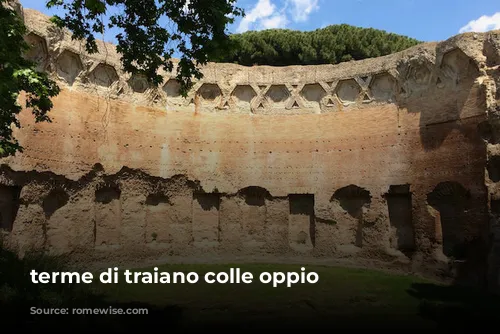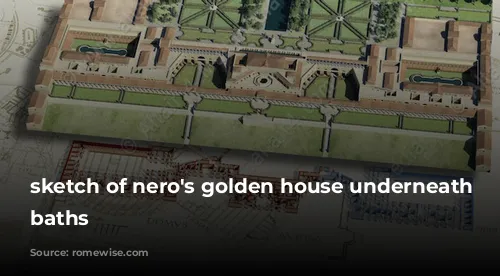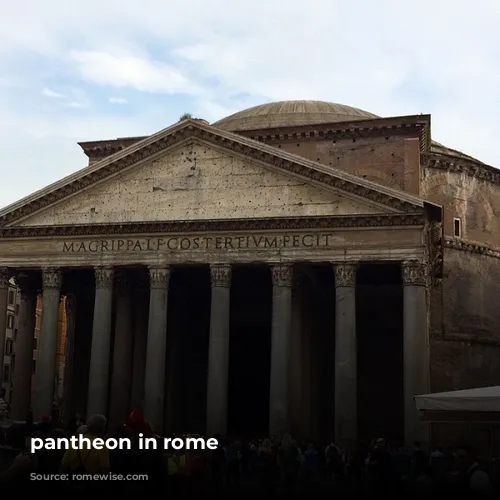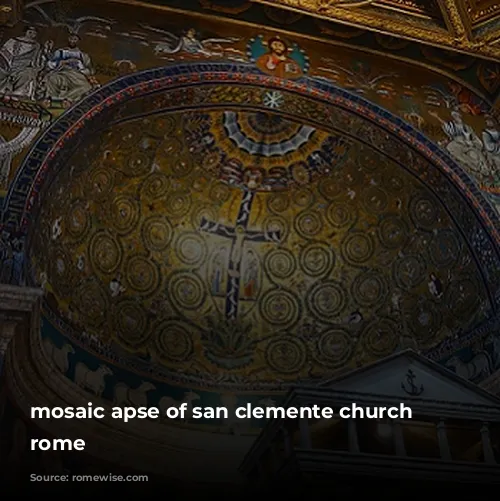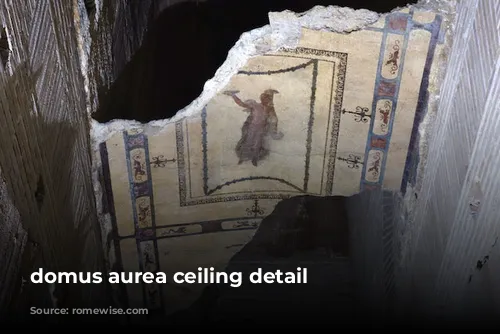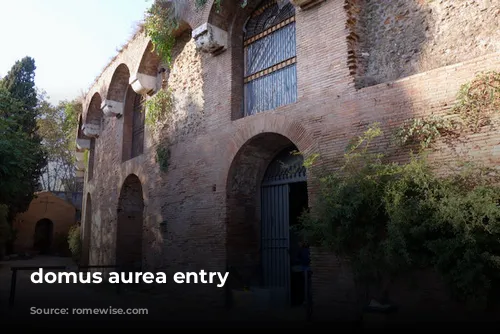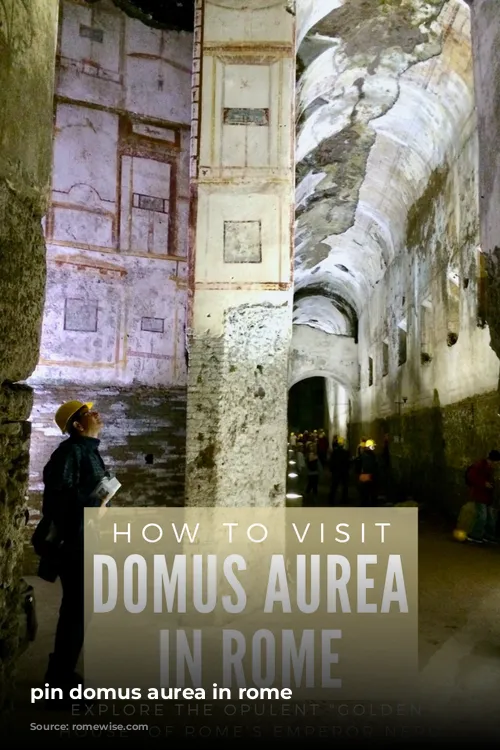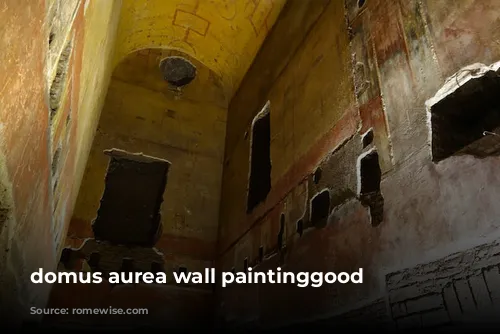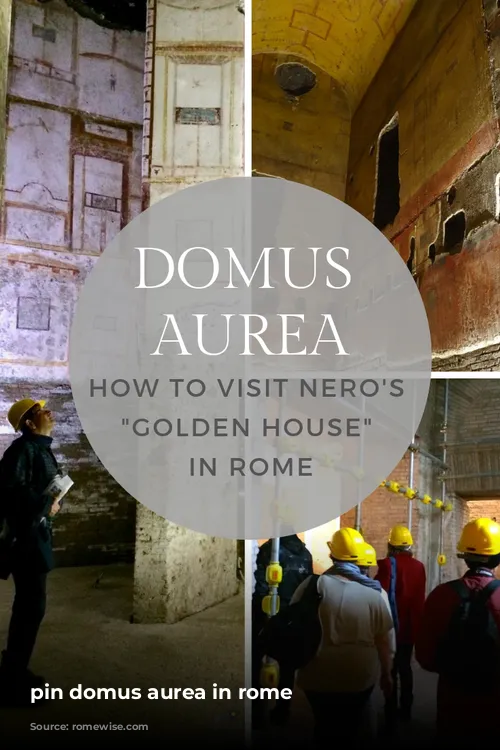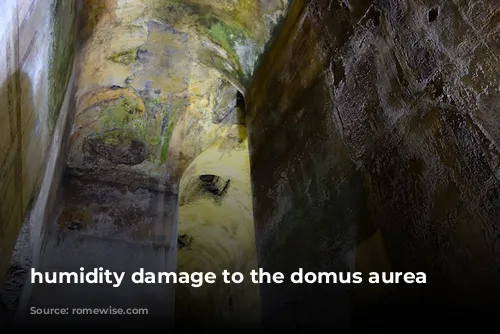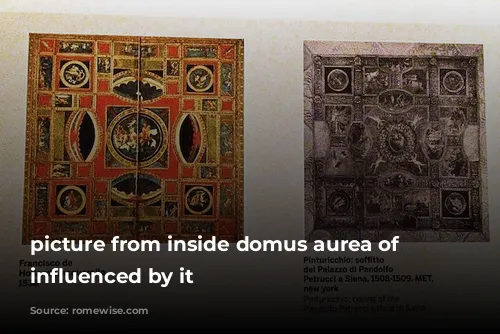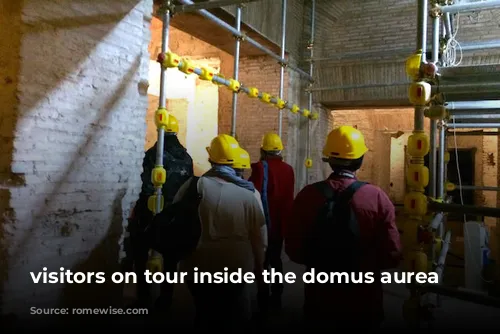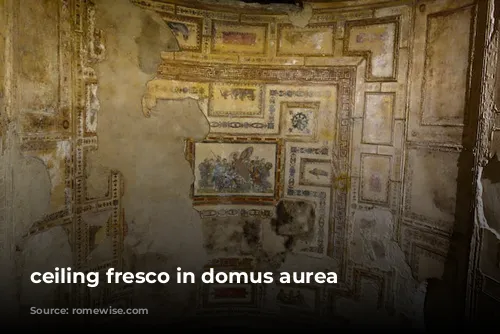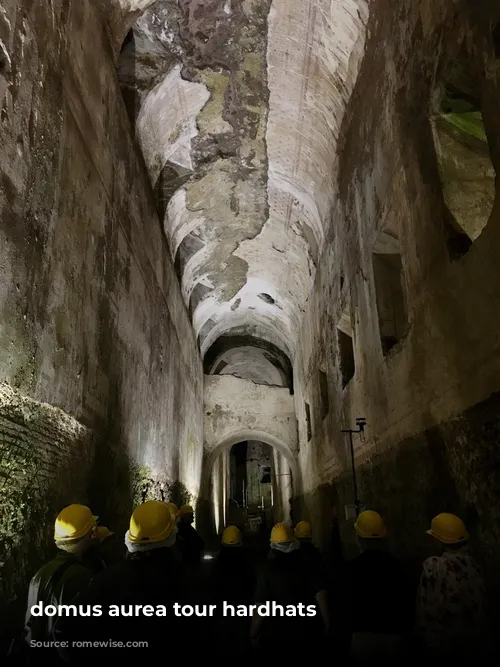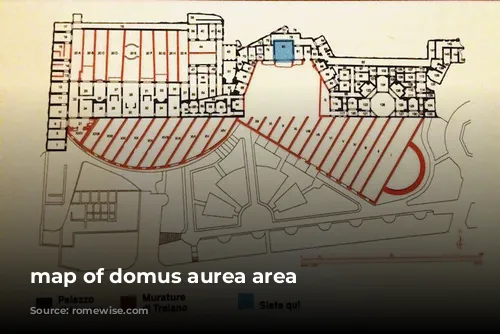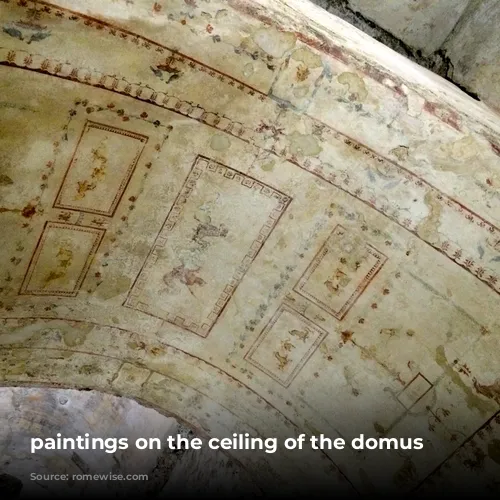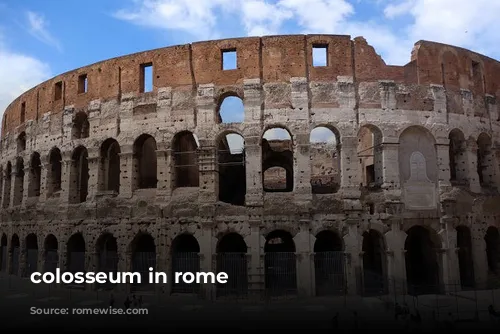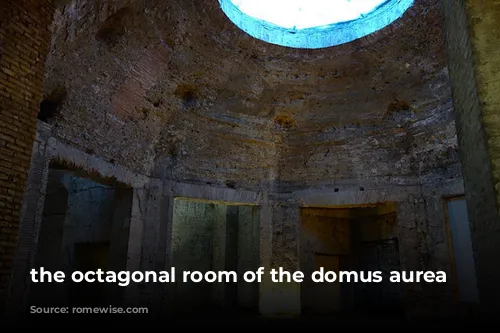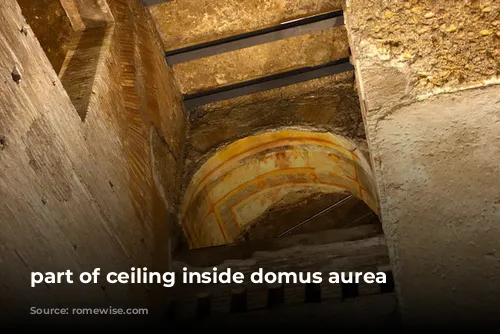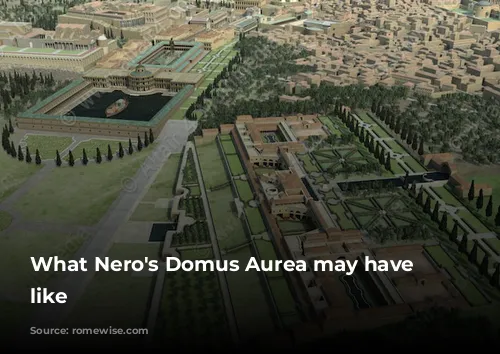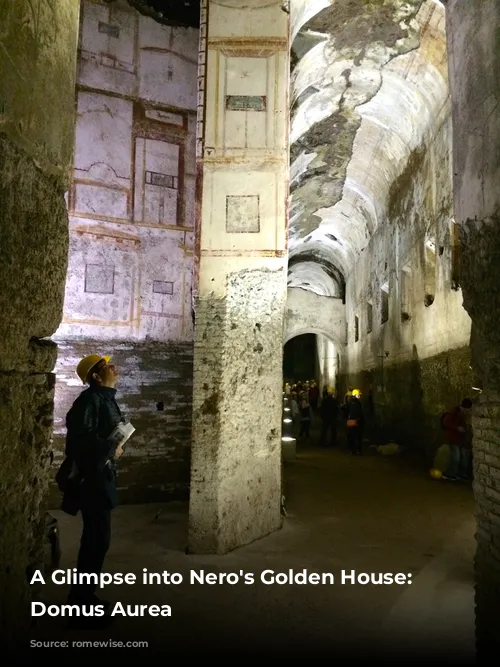The Domus Aurea, also known as Nero’s Golden House, is a hidden gem in the heart of Rome, offering a captivating journey through the opulent past of the Roman Empire. It’s not just an archeological site; it’s a portal to a time when Emperor Nero indulged in extravagance beyond imagination.
What is the Domus Aurea and Why Should You See It?
The Domus Aurea wasn’t simply a house, but a sprawling complex of buildings, gardens, lakes, and porticos, all gleaming with marble, ivory, and precious materials from across the empire. This “Golden House” was Nero’s extravagant dream, built after a devastating fire ravaged the city.
Imagine a space larger than four football fields, filled with nature parks, marble pavilions, statues, fountains, sculptures, and atria. Nero spared no expense to create a paradise reflecting his immense wealth and power.
The Domus Aurea, spanning 100-300 acres, occupied a vast area encompassing the Palatine, Esquiline, and Caelian Hills, a region that includes the present-day Colosseum. It was here, where a man-made lake once stood, that the Flavian Amphitheater (the Colosseum) was built, a symbol of the Flavian Dynasty’s rise and Nero’s downfall.
A Look Back at History
Nero’s reign was marked by extravagance and instability. He was notorious for his cruel acts, including the murders of his mother and wife. His reign ended in 68 CE when he was forced to commit suicide. To erase Nero’s legacy, the senate issued a “Damnatio memoriae,” meaning “to condemn his memory.”
The subsequent “year of the four emperors” witnessed constant power struggles and assassinations. Finally, Vespasian, who ascended to the throne in 69 CE, established the Flavian Dynasty, bringing stability to the empire.
One of Vespasian’s strategies to erase Nero’s memory was to fill in the massive lake that was the centerpiece of Nero’s palace. This land was transformed into the iconic Colosseum, a symbol of Roman might and entertainment, aimed at distracting the people from the tumultuous past.
Subsequent emperors, including Titus and Domitian, continued to build on top of Nero’s opulent ruins. Finally, Emperor Trajan ordered the entire complex to be buried under dirt and brick, reinforcing the walls and creating a solid foundation for his baths, which stand today in the Colle Oppio.
A Journey Through Time: Visiting the Domus Aurea
The Domus Aurea is an active archaeological dig and restoration project, offering visitors a unique opportunity to explore the remnants of this once magnificent palace. Guided tours lead you through the main excavated spaces, providing a fascinating glimpse into Nero’s world.
Prepare for an unforgettable experience:
- Immerse yourself in virtual reality: The highlight of the tour is the use of virtual reality goggles. They transport you back in time, allowing you to experience the grandeur of Nero’s Golden House as it once was.
- Experience the history firsthand: Your guide, a knowledgeable archaeologist working on the site, will unveil the secrets and stories hidden within the walls.
- Plan ahead: Visits are only possible on Fridays, Saturdays, and Sundays, and booking in advance is highly recommended, especially during peak season.
Essential Information: Visiting the Domus Aurea
- Open hours: Fridays, Saturdays, and Sundays, 9 am to 5 pm.
- Ticket booking: Book your visit in advance through the official website or tour companies.
- Tour duration: Approximately 1 hour and 20 minutes.
- Accessibility: Partially accessible to visitors with disabilities.
- Virtual reality: Not recommended for children under 13 or those with epilepsy or serious eye diseases.
A Must-See in Rome
The Domus Aurea is a compelling testament to the extravagance of the Roman Empire and the enduring power of history. It offers an intimate and uncrowded view of Nero’s Rome, a world of luxury, power, and ultimately, tragedy. Visiting the Domus Aurea is an unforgettable experience, a must-see for anyone seeking a deeper understanding of Rome’s ancient past.
